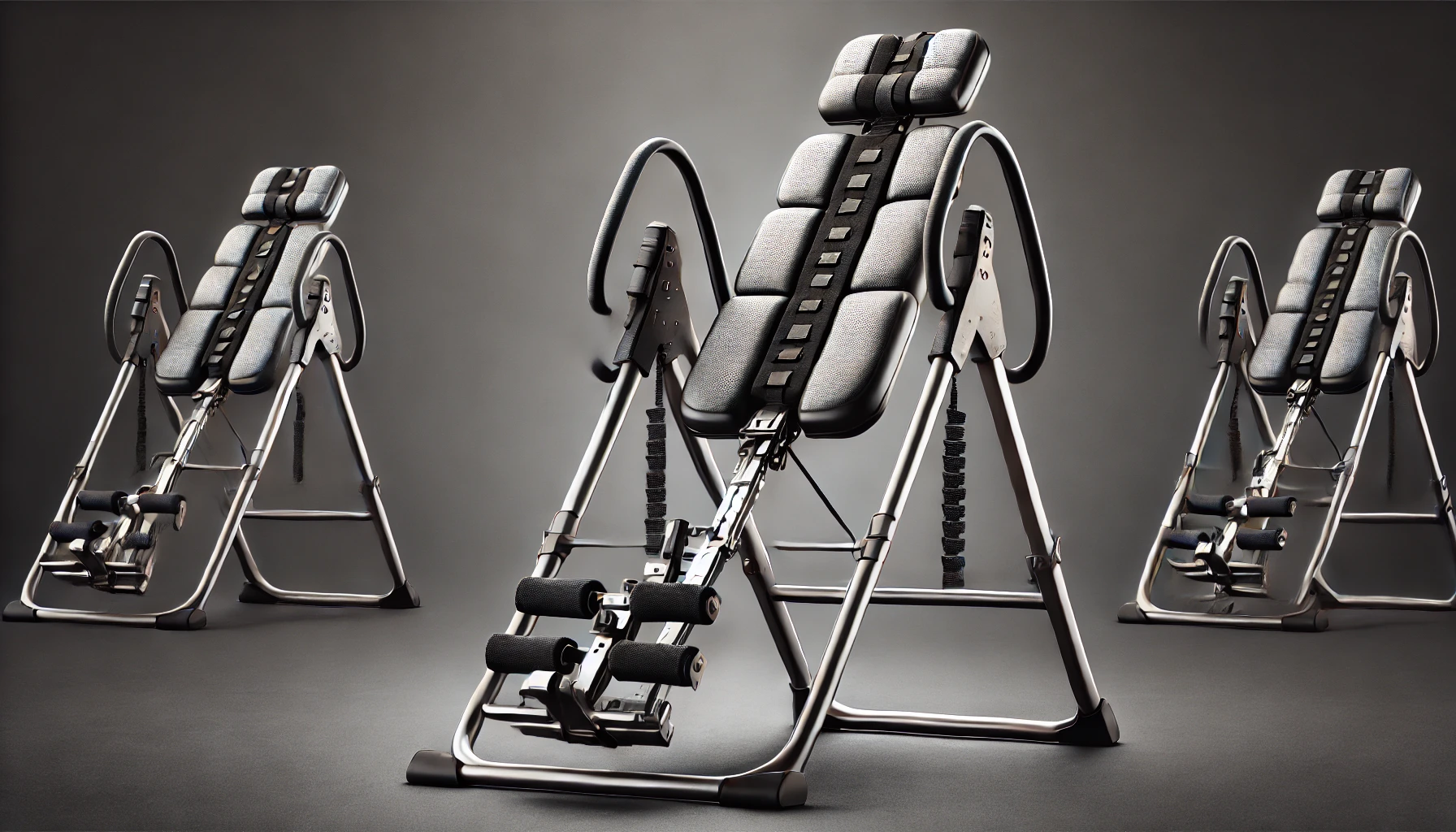Check out this answer from Consensus:
Inversion tables are versatile devices used for various therapeutic purposes, including back pain relief and renal stone treatment. While they offer several benefits, such as spinal decompression and muscle relaxation, they also pose significant risks. Proper usage, caution, and regulatory oversight are essential to maximize the benefits and minimize the dangers associated with inversion tables.
Inversion tables are devices designed to position the body upside down or at an inverted angle. They are primarily used for therapeutic purposes, particularly for alleviating back pain and improving spinal health. This article explores the various aspects of inversion tables, including their design, applications, benefits, and potential risks.
Design and Mechanism
Inversion tables are constructed to allow users to hang upside down or at various angles. The design typically includes a sturdy frame, a pivot mechanism, and a padded backrest. Some advanced models are motorized and can be controlled to achieve precise angles of inversion. A novel tilt seat design has been proposed, which offers improved comfort and functionality compared to conventional tilt tables5.
Therapeutic Applications
Back Pain Relief
One of the primary uses of inversion tables is for the treatment of back pain. The therapy, known as Inversion Table Therapy (ITT), involves using gravity to create spinal traction, which helps to decompress the vertebrae and alleviate pressure on the spinal discs7. This method is thought to provide relief from lower back pain by stretching the spine and reducing muscle tension.
Renal Stone Treatment
Inversion tables have also been used in the treatment of lower pole renal stones. A study involving 36 patients demonstrated that inversion table treatment, combined with extracorporeal shock wave lithotripsy (ESWL), significantly improved the stone clearance rate3. This suggests that inversion tables can be a valuable adjunct in the management of renal calculi.
Cerebral Blood Flow and Intracranial Pressure
Research has shown that inversion tables can affect cerebral blood flow and intracranial pressure (ICP). A study using ultrasonography to measure these parameters found significant changes in ICP and blood flow during inversion, indicating that inversion therapy should be used with caution, especially in patients with a history of elevated ICP4.
Benefits
Spinal Decompression
Inversion therapy can lead to spinal decompression, which may help in relieving pressure on the spinal discs and nerves. This can result in reduced back pain and improved mobility9.
Muscle Relaxation
Inverted positioning has been shown to reduce electromyographic (EMG) activity in the superficial lumbar muscles, indicating muscle relaxation. This can be beneficial for individuals with muscle tension and spasms9.
Risks and Considerations
Potential Injuries
While inversion tables can offer therapeutic benefits, they are not without risks. There have been reports of serious injuries, including spinal cord injuries, fractures, and even death, associated with the use of inversion tables6 7. These risks highlight the importance of using inversion tables under proper guidance and with caution.
Regulatory Concerns
The regulation of inversion tables varies, with some devices being exempt from stringent regulatory oversight. This lack of regulation can lead to safety concerns, emphasizing the need for better understanding and regulation of these devices to ensure consumer safety7.
